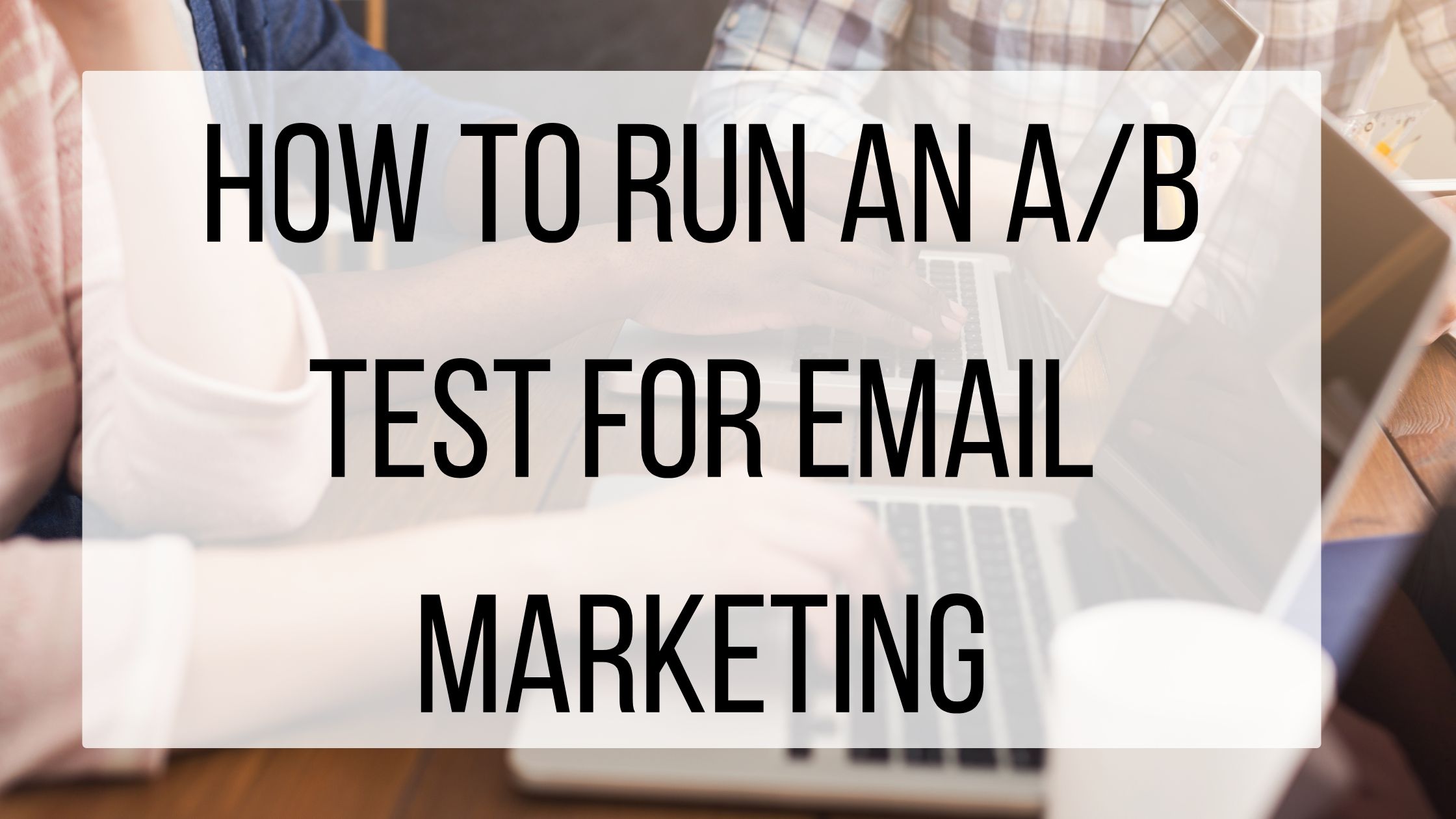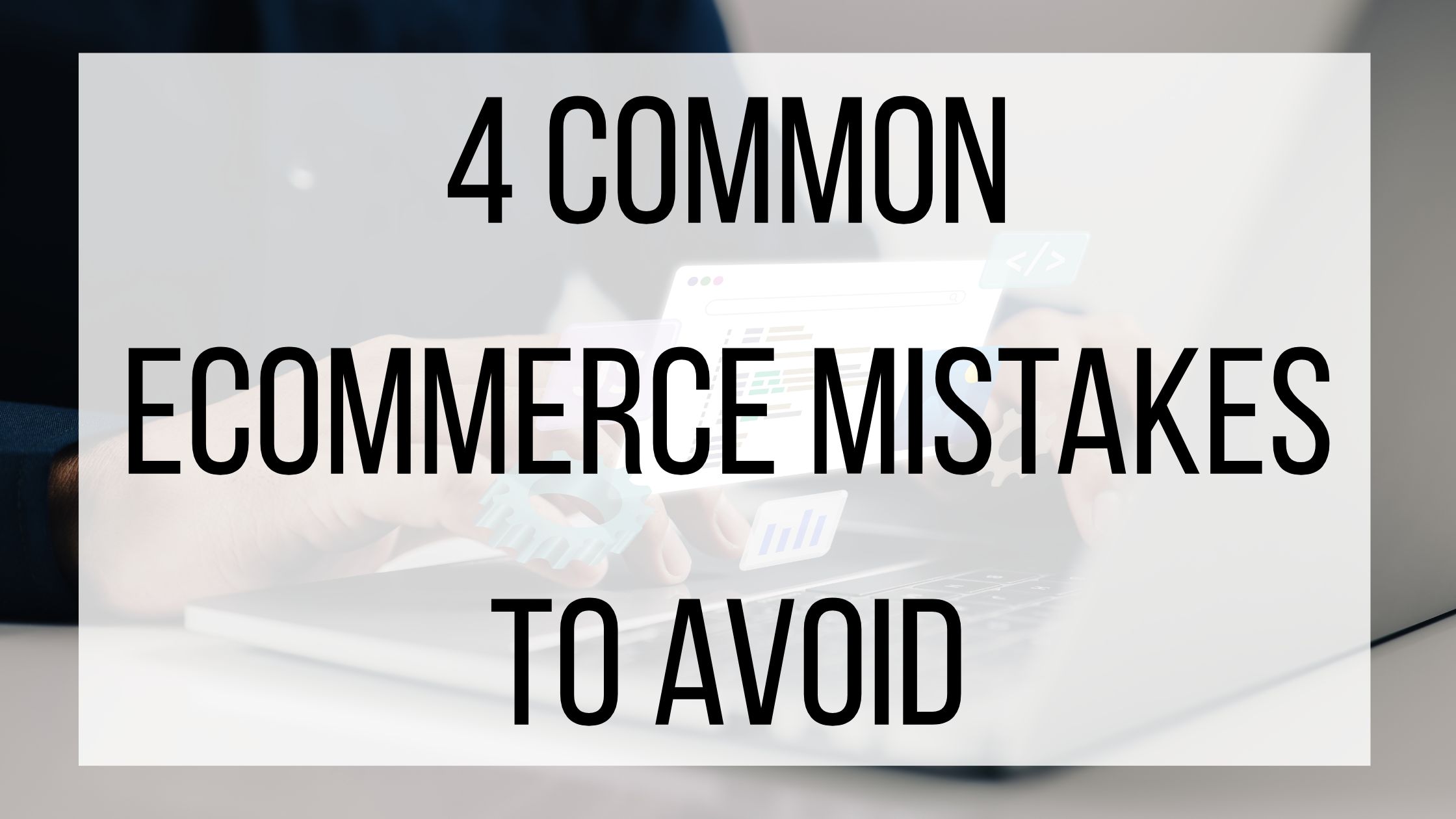How To Run An A/B Test For Email Marketing

Email marketing can be tricky to get just right- especially if you are sending out important or exciting information to your audience. Testing your emails before you send them out can help ensure that you are delivering your message in the best way possible. A/B testing is a tried and true method to test your emails that can help you boost your conversions.
What Is A/B Testing?
A/B testing, also called split testing, involves sending two variations of an email to see which version performs better. These emails are sent to a sample size of the full audience, and the winning email is sent to the full recipient list. Once you get the hang of A/B testing, it is fairly simple to do.
How To A/B Test:
The first step is deciding what you want to test. This depends on where you think your emails need improvement. Do you think your subject lines could use some work? Are your emails too short, or too long? Would your customers respond better to less graphics in your emails? Once you have your goal, create two versions of your email- version A, and version B. Create version A to be similar to past emails you’ve sent out, and version B to test the change you are considering. Upload both versions into a campaign scheduler (like Hubspot) and choose your goal (open rate, click rate, etc). Once you send out the emails to a sample audience and get the results back, you are ready to send the email to your entire list!
What To A/B Test:
You can run an A/B test on anything you think might need improvement! One of the most common things to run A/B tests on is subject lines. Although subject lines seem simple enough, they play a huge role in whether or not your email recipients open their emails. Trying out different phrasing or tones can be the deciding factor in whether the recipient chooses to open your email. Some audiences like a more playful tone, while others prefer a straightforward approach.
Length is another important aspect to consider A/B testing. Finding the right length for your email can be hard- especially if you have a lot to say! There is a fine balance between having emails that are too short, or too long. Depending on your recipients and the information that you are sending out, you might be losing out on subscribers due to the length of your emails. To A/B test the length of your emails, you might need to run several tests. Start with your usual length, and test a longer email to see which performs better. Repeat with a standard email and a shorter version. If you offer too much information, your recipients might choose to unsubscribe because they only want the highlights. On the other hand, not offering enough information might feel like a waste of their time. There is no “perfect” email length, so see what your audience responds best to.
Adding photos or graphics to your emails can make them more eye-catching and easy to read, but adding too many can contribute to slower loading times and be distracting. Running an A/B test to find your perfect balance can help keep your emails interesting without being overwhelming.
Time of day is another factor to consider A/B testing. If you frequently send out emails when your recipients are preoccupied, they are less likely to actually read your emails. Test out different times of day to see when you get the best response. Maybe the people on your email list like to check their inboxes first thing in the morning. Other audiences might prefer afternoon emails. A/B testing can help you figure out the ideal time for your specific group.
There are many things you can A/B test to help you reach your goals. Be specific with what you want to accomplish, and re-run tests every so often to make sure that you are still getting the best results. Have you run A/B tests before? What do you think you could improve on with your email marketing? Let us know in the comments!



4 Comments
retro bowl · November 16, 2023 at 4:55 am
Thank you so much for the very nice share.
connections puzzle · November 27, 2023 at 10:54 pm
Clearly identify the goal of your A/B test. It could be improving open rates, click-through rates, conversions, or any other key metric that aligns with your email marketing objectives.
Crossy Road · July 10, 2024 at 3:49 am
Thank you for sharing such useful content, very helpful to me!
kadashika · April 23, 2025 at 11:16 pm
Your article helped me a lot.